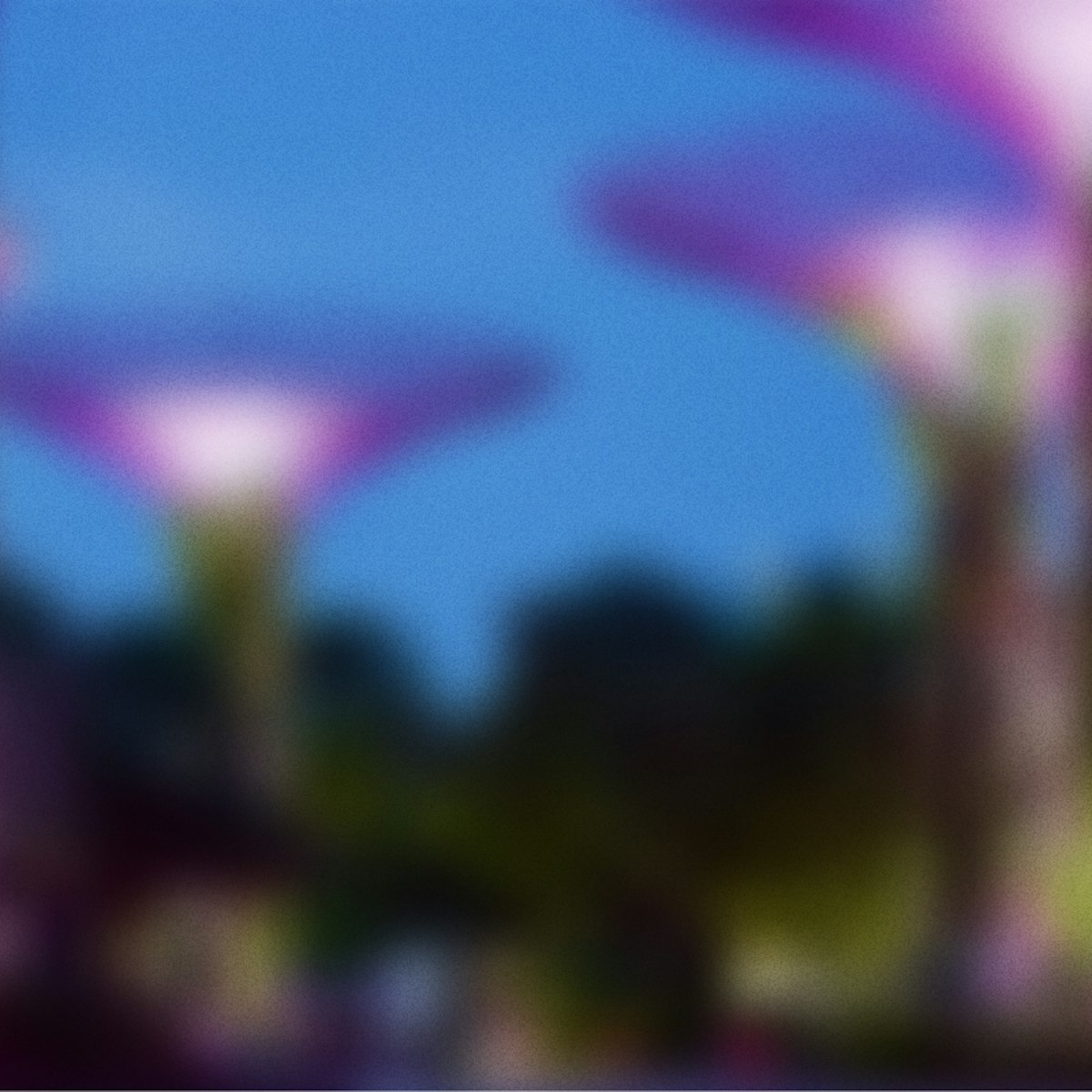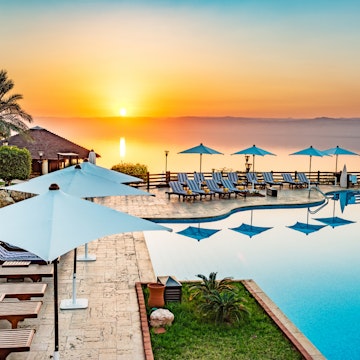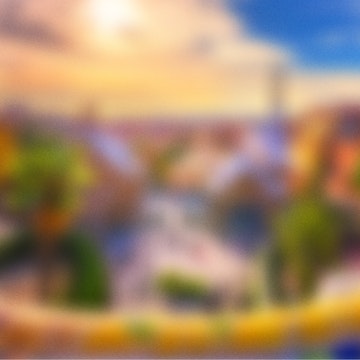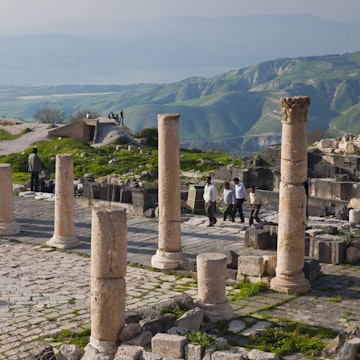
Must-see attractions in Petra


The Ancient City
One of the few traces of habitations so far discovered in Petra.




Wadi Musa
Moses' Spring is one of two possible locations in Jordan for the site where Moses supposedly struck the rock with his staff and water gushed forth to the…

The Ancient City
It is worth climbing to the upper part of the Great Temple to gain a sense of the enormity of a structure that would once have occupied 7000 sq m. It is…

Little Petra
Built by the Crusaders in AD 1116, Al Wu’ira was overrun by Muslim forces 73 years after construction. An impressive old bridge (previously a drawbridge)…

The Ancient City
This dense cluster of tombs makes a striking feature during a hike around Al Habis or along Wadi Siyagh. In spring they are often decorated with flowering…

The Ancient City
This eroded stone pillar capped with a serpentine form appears to keep guard over the periphery of the Ancient City of Petra. It acts as a useful landmark…

The Ancient City
The lower section of the Great Temple, with its stepped enclosure, is thought to have been a sacred part of this major monument, the whole of which…

The Ancient City
At the start of the Colonnaded Street, this public fountain was built in the 2nd century AD and fed by water channelled from the Siq. Little can be seen…

The Ancient City
Carved into a niche in a cliff near the entrance to the Siq is a beautiful eagle with outstretched wings. This bird is often depicted in ancient times as…

The Ancient City
In making your way up to the Temple of Winged Lions, you might wonder what the old pile of stones opposite represents. Spread over a broad platform, this…

The Ancient City
At the summit of Al Habis are the limited remains of this fort built in AD 1116 by Baldwin I. The ruins are not impressive, but the views across the city…

The Ancient City
Unexcavated tombs along the base of the eastern cliffs near the Edomite village lie off the beaten track making them a good place to explore in the…

The Ancient City
Offers a rare glimpse of the way the Nabataeans constructed their rock tombs, starting at the top on a platform of scaffolding and working their way down.

The Ancient City
The temenos was the sacred courtyard of the Qasr Al Bint and separated the commercial area of the city from the sacred area of the temple.

The Ancient City
Shops would have lined the Colonnaded Street along the front side of this colossal and as yet unexcavated building.

The Ancient City
Arranged above a fertile wadi with oleander fed by a natural spring, these tombs are notable for curved pediments.

The Ancient City
It is likely that the shops of the upper market would have continued along this portion of the Colonnaded Street.

The Ancient City
Lining the steep banks of Wadi Thughra, tombs coddle almost the entire area of this vertical piece of rock.

The Ancient City
Erosion has left only a weathered 'keyhole' in the facade of this tomb, accessed via stone steps.

The Ancient City
Flanking the Great Temple, this area provides the stairway and entrance to this monument.

The Ancient City
The Sacred Hall may have had ritual connections with the Treasury, diagonally opposite.


The Ancient City
Tucked along Wadi Siyagh, at a bend in the rocky wadi bottom, there is a hint of former excavation along the wadi walls. Most of the edifices in the…

The Ancient City
The sacrificial altar in front of the Qasr Al Bint was once overlaid with marble, indicating that it was probably the main place of worship in the…






